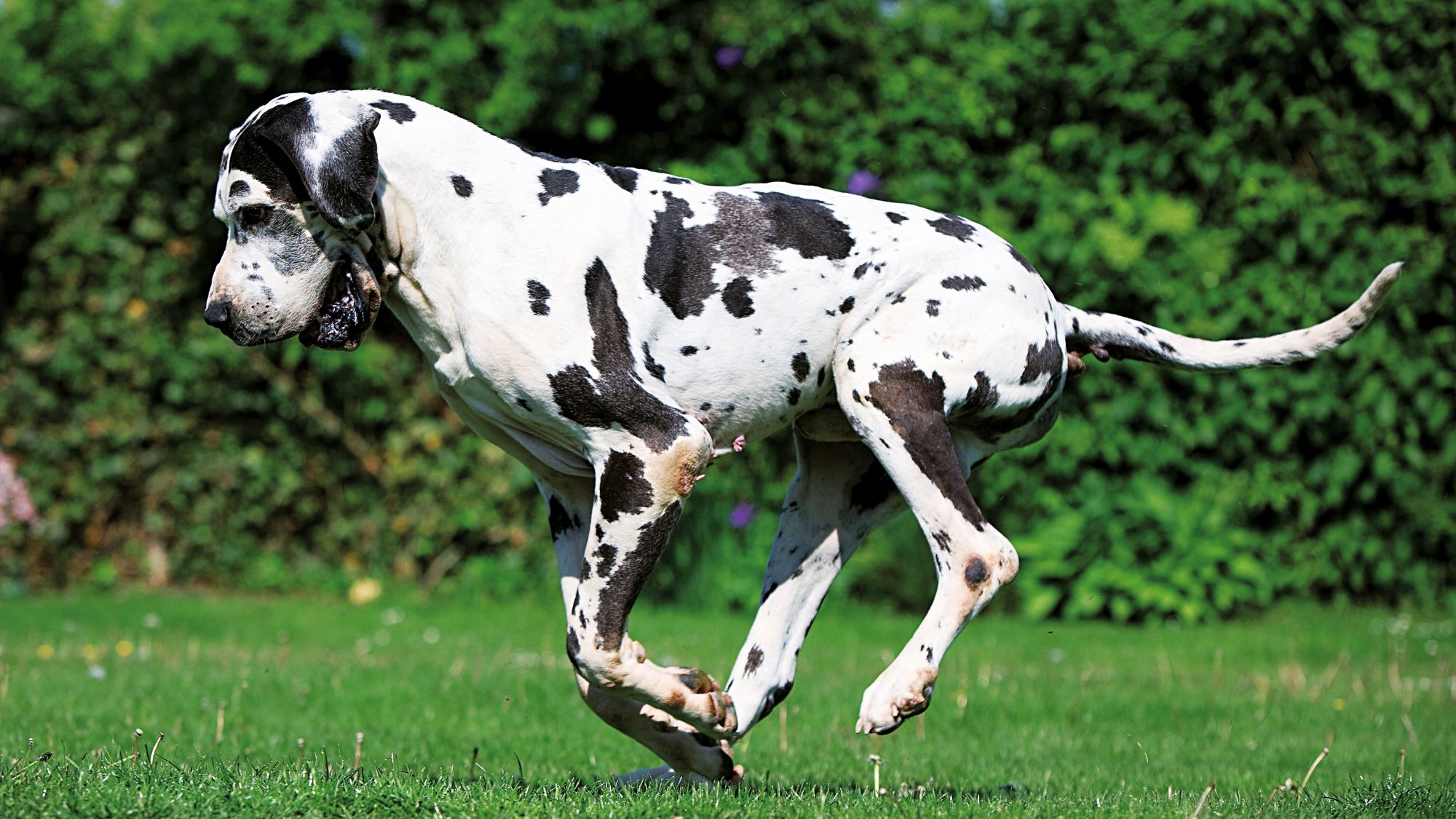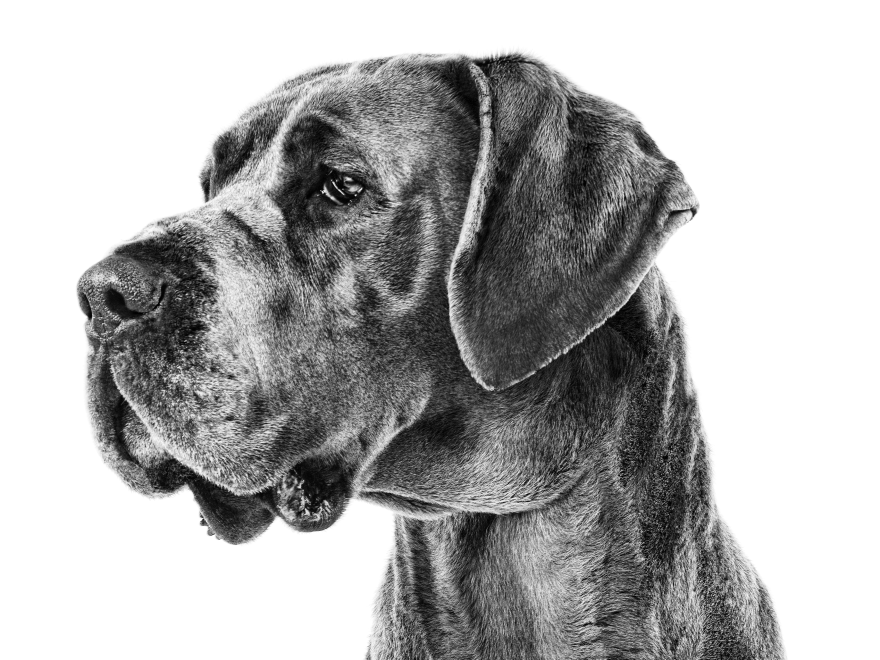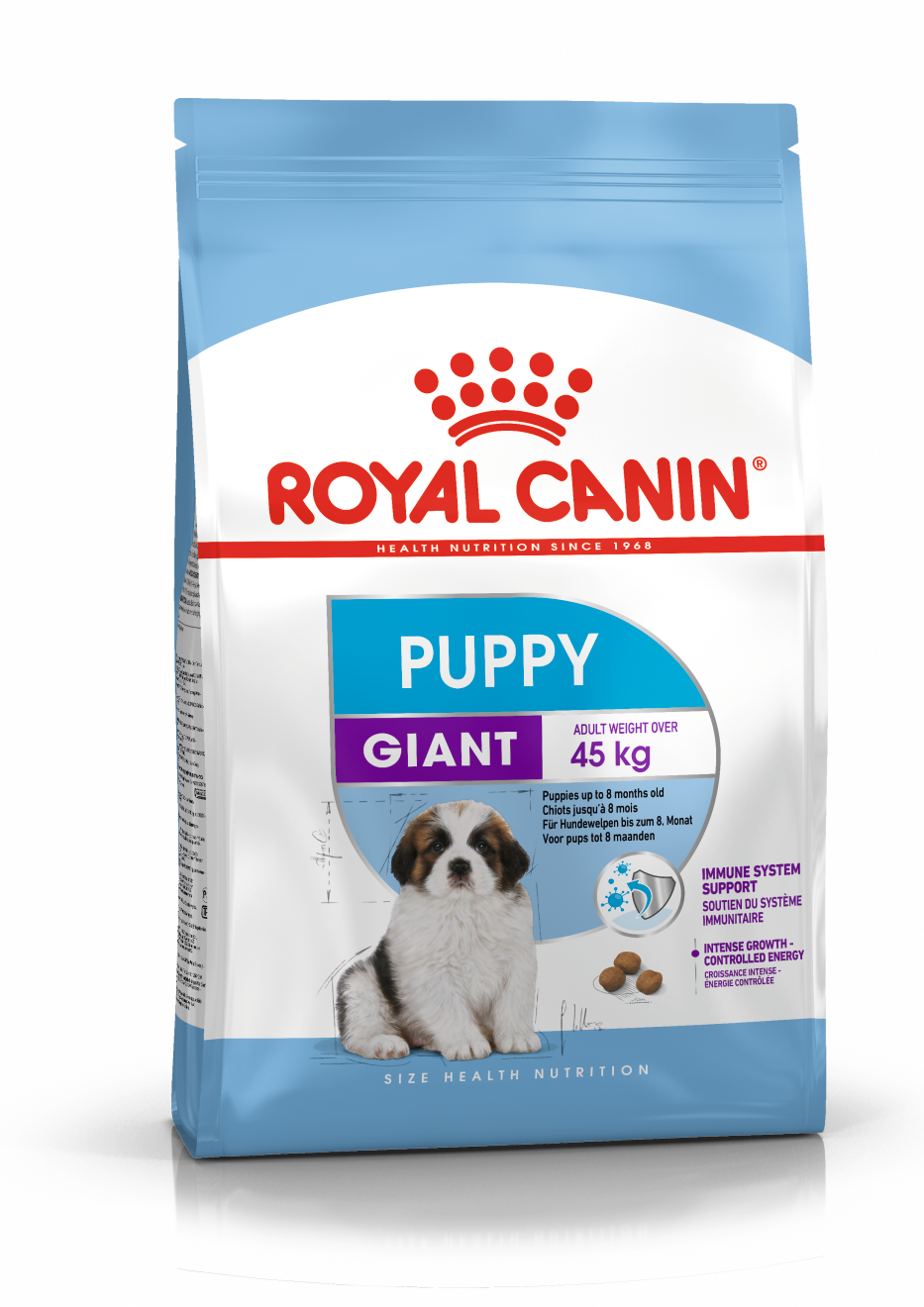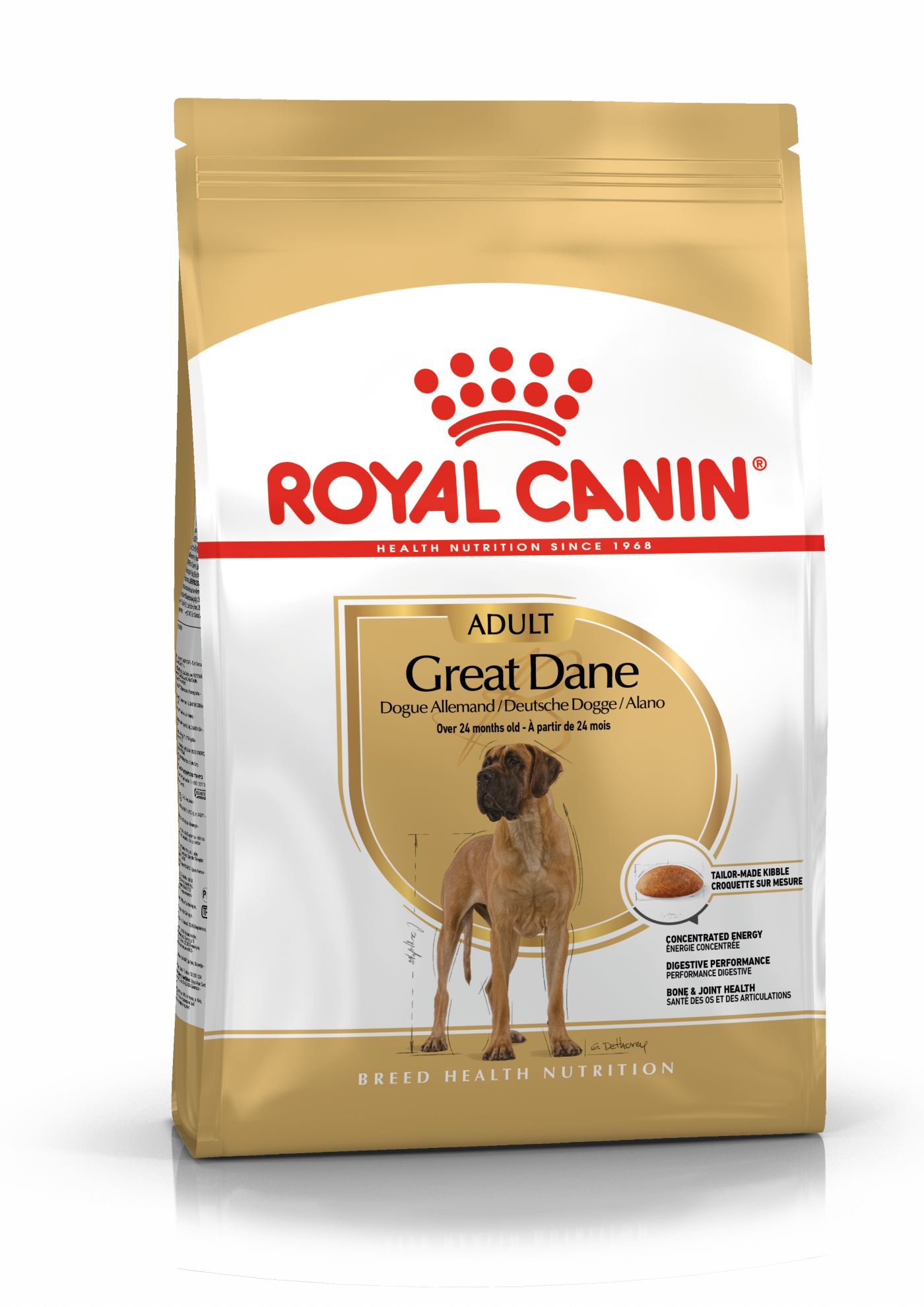Let's talk Great Danes
Official name: Great Dane
Origins: Germany
Drooling tendencies
4 out of 5Shedding Level
3 out of 5Energy level*
3 out of 5Cohabitation with other pet
5 out of 5Warm weather?
2 out of 5Suited to apartment living
1 out of 5Family pet?*
3 out of 5Can stay alone
1 out of 5
| Male | Female |
|---|---|
| Height | Height |
| 76 - 81 cm | 71 - 76 cm |
| Weight | Weight |
| 63 - 77 kg | 50 - 63 kg |
| Life Stage | |
|---|---|
| Puppy age | Adult age |
| 2 to 8 months | 8 months to 2 years |
| Mature age | Senior age |
| 2 to 5 years | From 10 years |
| Baby age | |
| Birth to 2 months | |
Drooling tendencies
4 out of 5Shedding Level
3 out of 5Energy level*
3 out of 5Cohabitation with other pet
5 out of 5Warm weather?
2 out of 5Suited to apartment living
1 out of 5Family pet?*
3 out of 5Can stay alone
1 out of 5
| Male | Female |
|---|---|
| Height | Height |
| 76 - 81 cm | 71 - 76 cm |
| Weight | Weight |
| 63 - 77 kg | 50 - 63 kg |
| Life Stage | |
|---|---|
| Puppy age | Adult age |
| 2 to 8 months | 8 months to 2 years |
| Mature age | Senior age |
| 2 to 5 years | From 10 years |
| Baby age | |
| Birth to 2 months | |
Tailored nutrition for your Great Dane

Get to know the Great Dane
All you need to know about the breed
Great Danes are quite simply huge: a sweet, friendly and affectionate character wrapped in outsize packaging.
They have maintained the stature and strength needed for their original mission, hunting wild boar, but over the centuries the aggressiveness has been bred out of them, giving way to gentleness. Great Danes are handsome hounds, with a majestic demeanour, alert expression and dense glossy coat in one of three evocative colour combinations: fawn and brindle, black and harlequin or blue.
Once trained – and this should be relatively straightforward – Great Danes get on well with children and can make lovely family pets, with the caveat that they do require a level of commitment that’s a notch above a smaller dog. If you’re pushed for space or a collector of valuable china ornaments – one swipe of that solid Great Dane tail at tabletop height can have devastating consequences – you might want to reconsider.
Great Danes require a decent amount of exercise, although despite their size they are not the most energetic breed around. Once fully grown they enjoy a variety of exercise – walks, runs and the chance to potter around in an enclosed space (luckily they can’t jump so you won’t need to supersize your fence). One thing to bear in mind is that because of their enormous size, Great Danes’ average lifespan is short.
On a day-to-day basis, the only real downside to having a Great Dane as a pet is the slobber. Great Danes drool a considerable amount. But these affable, larger-than-life characters more than make up for that in the pleasure they bring their human companions.

2 facts about Great Danes
1. Scooby Dooby Doo, Where Are You?
The lovable but cowardly cartoon canine Scooby Doo is thought to be loosely based on a Great Dane! The breed has had another brush with stardom in the form of Marmaduke, the super-size star of a comic strip, beginning life in the 1950s, as well as a 2010 film.
2. Great (Not) Dane
The Great Dane is, with impeccable logic, not actually Danish at all: the breed’s origins lie in Germany, where in 1878, a committee of judges and breeders met in Berlin to classify several similar dogs known by different names under just one: Deutsche Dogge. That literally translates into English as German Dog. So the breed became known in English as the Great Dane. Makes sense.
History of the breed
For a breed with such a long history, it’s not surprising that the Great Dane’s origins are not always clear. Images from Egyptian tombs suggest they may have existed for thousands of years. Mastiff- and greyhound-like breeds as well as the extinct German hunting dog the Bullenbeisser are thought to feature in Great Danes’ ancestry.
What is certain is that the precursors to modern Great Danes were prized as wild boar hunters as well as guard dogs in Medieval Germany. When the breed first came to the United Kingdom the dogs were known as German boarhounds.
In the 19th century several similar varieties were classified together under the new name Deutsche Dogge. How that became Great Dane in English is not clear but to complicate matters further it may have been via the translation of a French name given to the breed: Le Grand Danois.
From head to tail
Physical characteristics of Great Danes
1.Head
2.Face
3.Body
4.Coat
5.Tail
Things to look out for
From specific breed traits to a general health overview, here are some interesting facts about your Great Dane
Beware of bloat
Gastric dilatation and volvulus (GDV), more commonly known as bloat, affects many large breeds but is the number-one problem associated with Great Danes. Owners need to know the signs to look out for – bloated abdomen, restlessness, retching, salivation and whining or abnormal stillness – and what to do: seek immediate help from a veterinarian. Some owners opt for preventive surgery which can protect their dogs, partially at least. The procedure, called gastropexy, involves stitching the walls of the stomach in place and should prevent the life-threatening torsion (volvulus) of the stomach, although not the dilatation (bloating). It’s a good start.
Hip problems
As a tall breed, the Great Dane can be prone to osteoarticular diseases – or diseases of the bones and joints. In particular, the Great Dane breed can suffer from antebrachial growth deformities. These deformities of the dogs’ forelegs can lead to limited movement and pain. To avoid conditions such as these, feeding Great Danes the correct food from puppyhood is important, as is avoiding calcium supplements.
Healthy diet, healthier dog

When choosing food for a Great Dane, there are many factors to consider: their age, lifestyle, activity level, physical condition, and health including potential sickness or sensitivities. Food provides energy to cover a dog’s vital functions, and a complete nutritional formula should contain an adjusted balance of nutrients to avoid any deficiency or excess in their diet, both of which could have adverse effects on the dog. As giant-sized breed dogs have a higher risk of a condition called gastric dilatation volvulus (GDV), where the stomach becomes overstretched and rotated because of excess gas, usually caused by overfeeding during a meal, it’s recommended to split the daily allowance into three meals for puppies and try to keep this routine into their adult years. Clean and fresh water should be available at all times to support good urinary regularity. In hot weather and especially when out exercising, bring water along for your dog’s frequent water breaks. Energy intake may also have to be adapted to the climatic conditions. A dog that lives outdoors in winter will have increased energy requirements. The
following recommendations are for healthy animals. If your dog has health
problems, please consult your veterinarian who will prescribe an exclusively
veterinary diet.
A Great Dane puppy’s
requirements, in terms of energy, protein, minerals and vitamins, are greater
than those of an adult dog. They need energy and nutrients to maintain their
body, but also to grow and build it. During their growth, Great Dane puppies’
immune system develops gradually. A complex of antioxidants – including vitamin
E – can help support their natural defences during this time of big changes,
discoveries, and new encounters. Their digestive functions are different from
an adult Great Dane’s,
too: their digestive system is not mature yet so it is important to provide
highly digestible proteins that will be effectively used for the building of
bones, tissues, and organs. Prebiotics, such as fructo-oligosaccharides, can
support digestive health by helping balance the intestinal flora, resulting in
good stool.
Giant-sized puppies,
whose growth period is long and intense, are especially susceptible to skeletal
and joint problems, including limb defects, bone deformities, and joint
lesions.
The first part of
growth (up to 8 months) is mainly concerned with bone development, although the
muscles also start to grow. This means that a puppy that eats too much (takes
in too much energy) will put on too much weight and grow too quickly. A food
with an adjusted calorie content to support a high growth rate while at the
same time avoiding excess weight gain will help minimise these risks. A balance
of energy and minerals (calcium and phosphorus) during this first phase of
growth will contribute to bone mineralisation in order to support bone
consolidation and the development of healthy joints. Although the calcium
content in the food needs to be increased, giant-sized breed puppies are more
sensitive to excessive calcium intake. It’s important to understand then that
adding any ingredients to a complete food formulated for the growth phase is at
best unnecessary and at worst dangerous for the animal, unless prescribed by a
veterinarian.

As many giant-sized breed dogs, Great Danes are prone to
digestive sensitivity, and their body weight can create stress on their joints
throughout their lifetime. Great
Danes’ nutritional needs then should include high quality protein and a
balanced supply of dietary fibre to help promote optimal digestibility, as well
as glucosamine, chondroitine, and antioxidants to help support the health of
their bones and joints. A formula enriched with omega-3 fatty acids, such as
EPA-DHA, will help maintain healthy skin. An adapted taurine content is also
important to support healthy
heart function.
It
is important to avoid feeding
Great Danes human foods or fatty snacks. Instead, reward them with
kibble taken from their daily meal allowance, and strictly follow the feeding
guidelines written on the package.
Clean and fresh water should be available at all times. In hot weather and especially when out exercising, bring water along for your dog’s frequent water breaks.
Caring for your Great Dane
Grooming, training and exercise tips
All about Great Danes
Yes, they do. Properly trained Great Danes can be great fun: sociable, eager to please and good with children – under supervision of course. Their sheer size means they are not for the faint-hearted: you’ll need plenty of space at home for a start and because they’re so huge, albeit gentle, they may not be the most practical choice for families with very small children.
Great Danes are not known to be aggressive, although their large size may understandably make some people nervous: all the more reason to make sure they are well trained. Great Danes are not particularly known for their barking either – but with great vocal chords to match great everything else, when they do decide to express an opinion you’ll certainly know about it.
Read more on this topic
Sources
- Veterinary Centers of America https://vcahospitals.com/
- Royal Canin Dog Encyclopaedia. Ed 2010 and 2020
- Banfield Pet Hospital https://www.banfield.com/
- Royal Canin BHN Product Book
- American Kennel Club https://www.akc.org/
Like & share this page with your friends & family